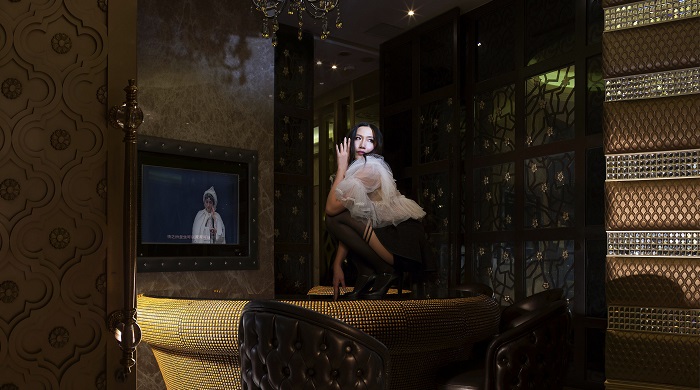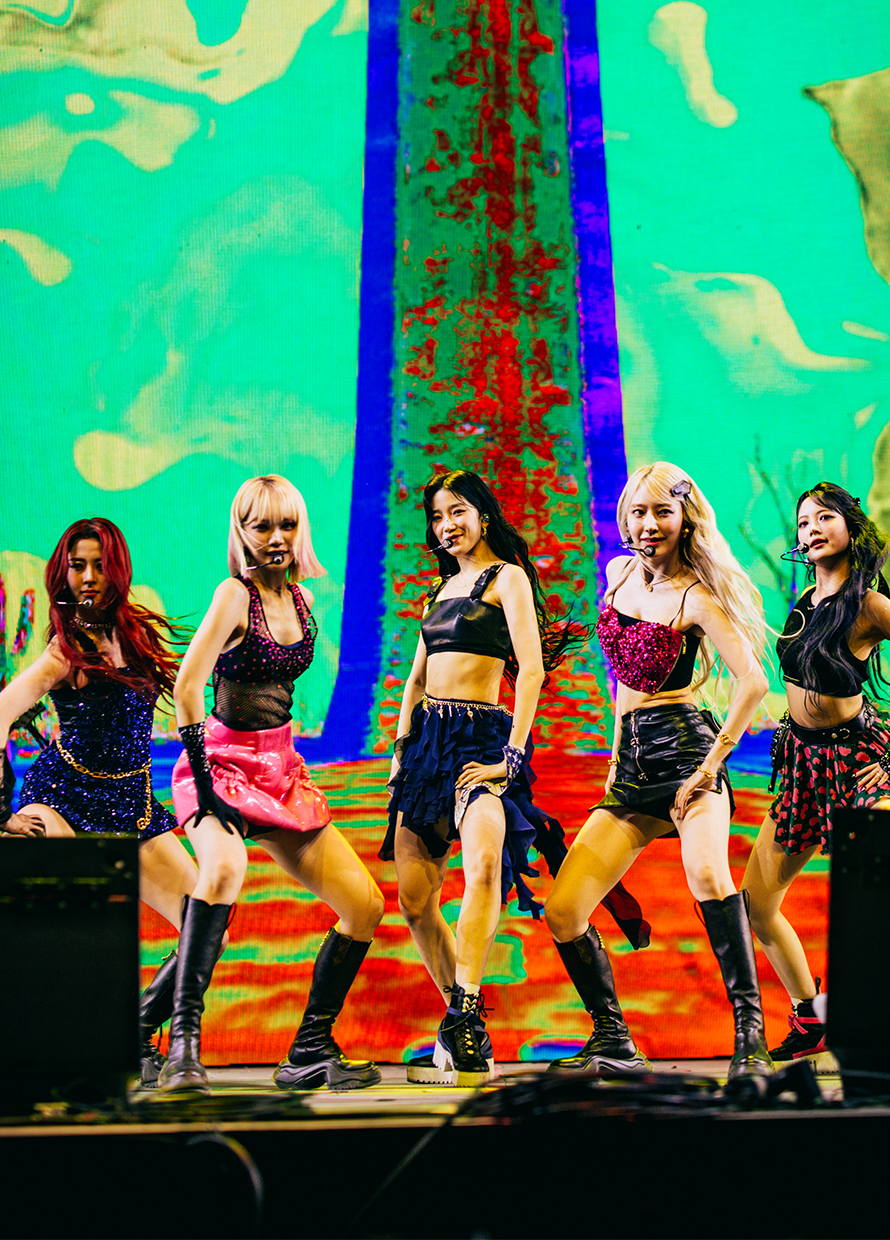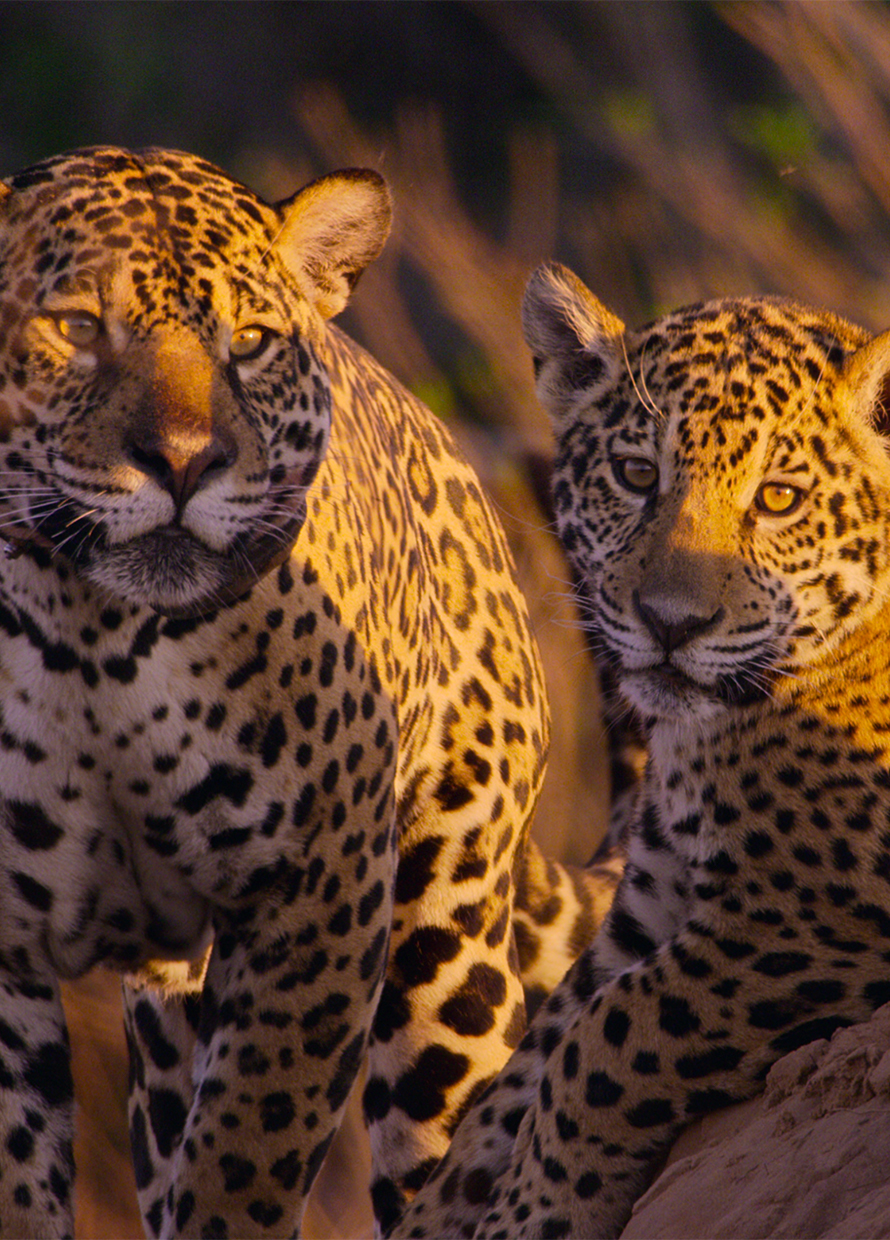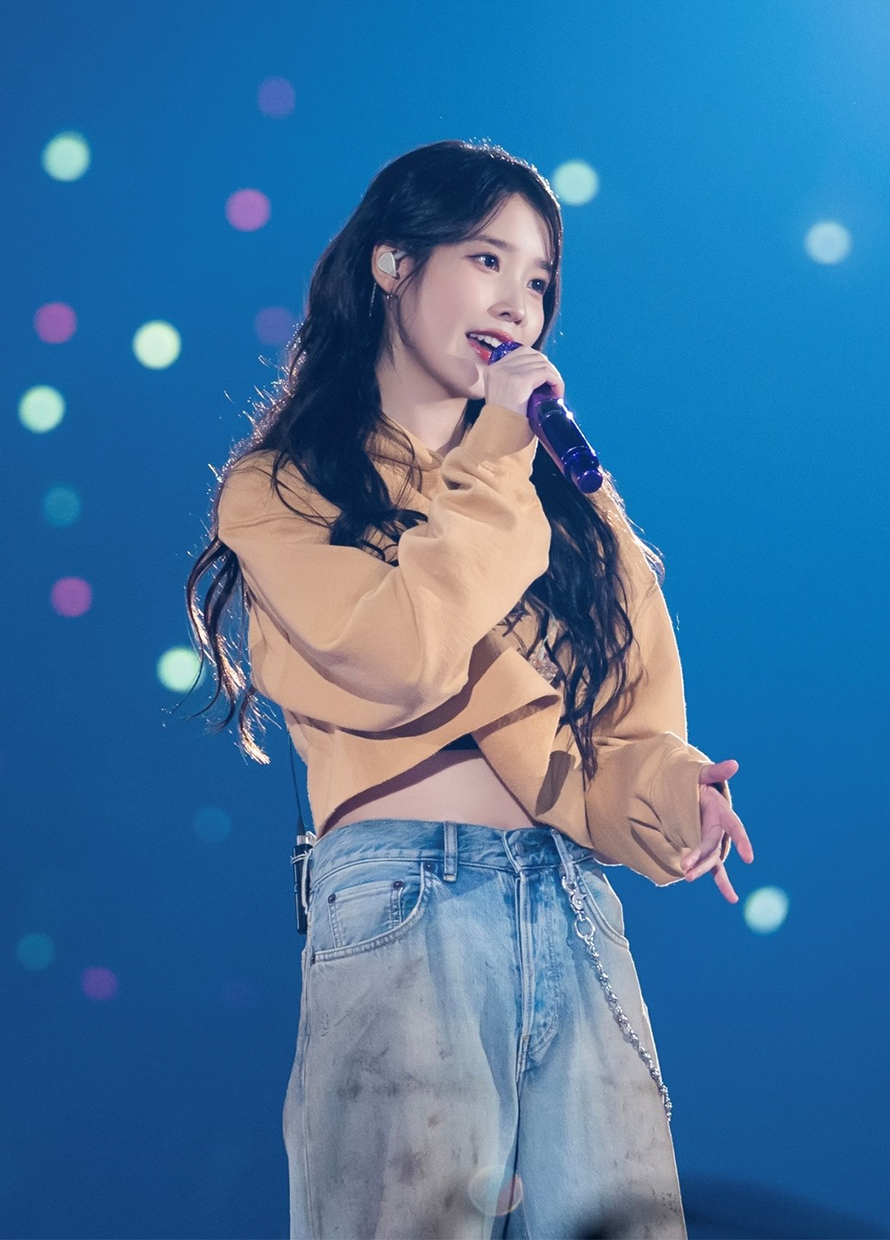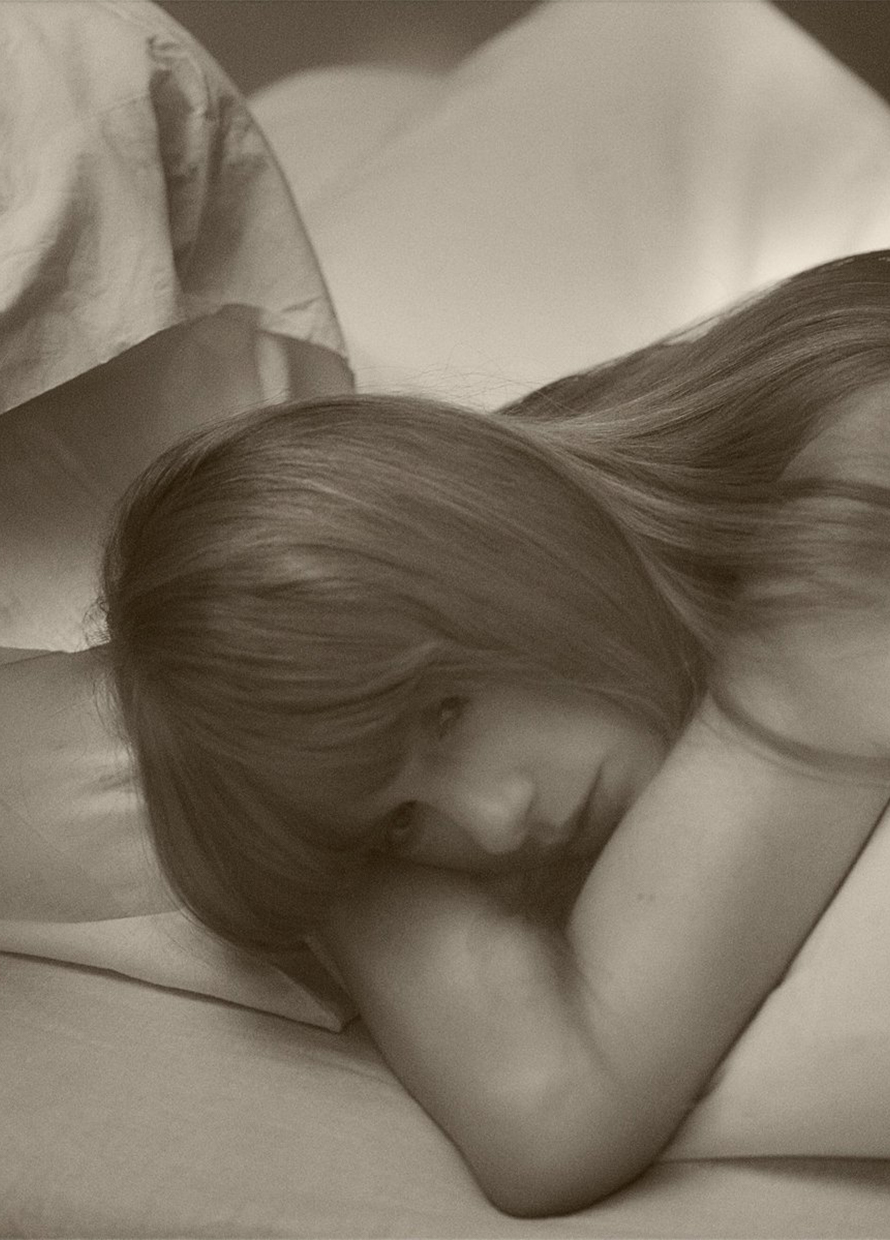If you’ve ever followed Isa Ho’s work, you’d likely perceive her as an incredibly strong and independent, almost intimidating character who goes beyond the boundaries of the norm. While the former is evident, a chat with the Taiwanese photographer in person revealed that Ho is not just quirky in the execution of her ideas, but is also widely perceptive and rather humble for an artist who has travelled the world to exhibit her photographs.
Known for her bold visual language that navigates “selfhood,” Ho has often explored ideas surrounding the way women perceive and project themselves in patriarchal societies, as well as how generation gaps affect theese roles of women in society. And while her narratives challenge the norm, Ho often injects humour and irony into the images she creates. Often the model in her own photographs, Ho usually carries out her projects on her own.

Setting foot in Kuala Lumpur for the first time, Ho decided to explore the cross-culture impact of the K-Pop phenomenon in Malaysia. But there’s a twist. Set against a backdrop of traditional dance, Ho points out that although the two are generations apart, they are very similar. “With K-Pop everything is planned out, from the dance moves, the costumes, the backdrop – everything has to be detailed and perfect,” Ho tells me. “But when you think about it, traditional dance is also the same. People often learn it from young for detail and perfection.”
Finding her muses and inspiration from local dance studios while learning both K-Pop and traditional Malay dances, Ho’s upcoming exhibition will run from 4th November to 4th December 2015 at Shalini Ganendra Fine Art gallery. A continuation of her Peony Pavilion series, the collection of photos will explore how Malaysian youths identify with the K-Pop phenomenon, juxtaposed with traditional dance.
Laughing as she reveals to us that she is always nervous just before revealing her work at exhibitions, Ho also divulges that her learning process hasn’t stopped – that she just recently took a photography course while in New York. In our interview with the photographer, she tells us more about her photography work, as well as her daring narratives that come alive through her images.
When did you first discover your passion for photography and digital art?
It was after graduating from the College of Taipei Fine Art where, although we didn’t have a lot of photography classes and I had to study fine art, my early love for photography continued to develop. We only had one class on black and white photography. After graduating from the oil painting course, I started to explore performance art. I dressed as Snow White on the street.
Since society gives people identities, I was questioning whether I could even identify myself to begin with. I dressed like Snow White and enjoyed people in the streets calling me Snow White because that identity fit in with my personal views. Then, I tried to transpose this idea onto oil painting, combining photography and oils. I painted the poetry of myself on the photo – that was the beginning. Photography works for me because it is an alternative reality. Photography feels real which is why I moved into it rather than oil painting, and have stayed with it as my medium of choice.
How did you come about choosing to focus on your main narrative of the role of women in society?
I always find this a funny question because why would I not focus on the role of women? I am a woman, so I best understand “female.” In school I was taught to use a masculine stance in my work, and in the patriarchal world of visual art, we are told to understand work from a male point of view. This is what my work tries to reverse; pretending to be a man does not make me any stronger. I can see things better from my own point of view. For example in my series I Got Super Strong Courage, all the symbols used are intrinsically female, but this dows not mean my work can only resound with women; it should resound with everyone, regardless of gender. Ultimately, it is people I am interested in.
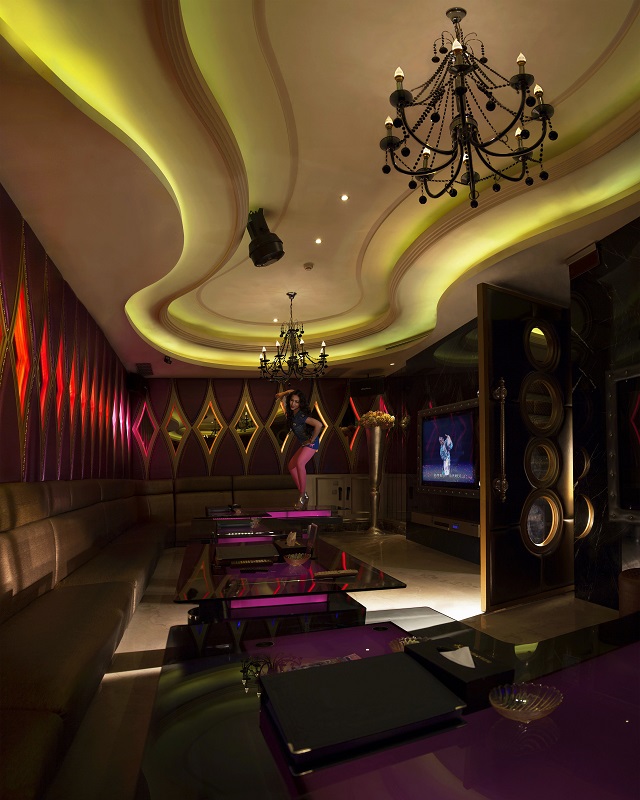
What would you wish to see change or improve in society, based on the narrative of your artwork?
I want to see a change in how females think about themselves, I want to see women identifying not through men, but as females, as a complete and whole identity. We are so influenced by the media, tradition, and society’s point of view that we have stopped thinking about ourselves as ourselves; we have stopped thinking from our own perspectives. This needs to change.
Much of your work is also narrated through fairytale themes. Why do you think these fantasies are important in conveying your narrative?
My generation was taught that fairytales were stupid. I want to use this idea of stupidity, but with my own perogative. I use costume and fancy dress in my work because I realised that what I wear completely influences how I am treated, and it constructs my identity for others. So I picked a character like Snow White, whose state simply fluctuates between happy, asleep, and happy ever after. This fairytale structure clearly resounds with the female role in society. Snow White is considered such a simple character yet she inspires much discussion, and research reveals so many different versions of her. Fairytales become a vehicle, almost scarily, to consider the identity crises of women today.
Tell us more about your project in Kuala Lumpur. What intrigues you about our city?
I am so interested in Kuala Lumpur. It has such a mix of cultures – Malays, Chinese and Indians – yet it seems more traditional than all those countries. Kuala Lumpur looks like a conservative society, yet K-Pop is still inordinately popular here. I am fascinated, considering how this dance is still a cultural phenomenon in such an orthodox part of Asia. I want to think about how the youth of Kuala Lumpur discovered this type of expression and information.
Does your Kuala Lumpur project deviate from your usual narrative? What do you hope to covey through it?
It might and it could. I have yet to find out. The exciting aspect of developing projects is the element of surprise for the artist and the audience. So, though the Malaysian exhibition will be a thematic continuation of my series Peony Pavilion, the new works should also reveal something very different. It will show the impact of the environment on how a cultural phenomenon is experienced. It might also show me similarities between here and Taiwan that may surprise me. I am investigating traditional and contemporary dance in Malaysia as performed in an urban centre, to see how it impacts my characters, whether it will set a backgound for me work. I am looking forward to discovering how this exposure develops my insights into K-pop.
As you model in many of your own projects, what’s your take on the trend of the selfie?
There is something so interesting about the way people showcase themselves and their lives in selfies. Selfies can be very revealing, often much more than the taker realises. I do not take selfies, and because the way I feature myself in my own work, I am actually very careful about not putting selfies online. The way I position myself in my work is precise and symbolic, and so every image of me matters: I worry people would get confused about my work if they saw a selfie.

Catch Isa Ho’s Preface to Peony Pavilion, Malaysia at Shalini Ganendra Fine Art, Section 16 Petaling Jaya from 4th November to 4th December 2015.
| SHARE THE STORY | |
| Explore More |
